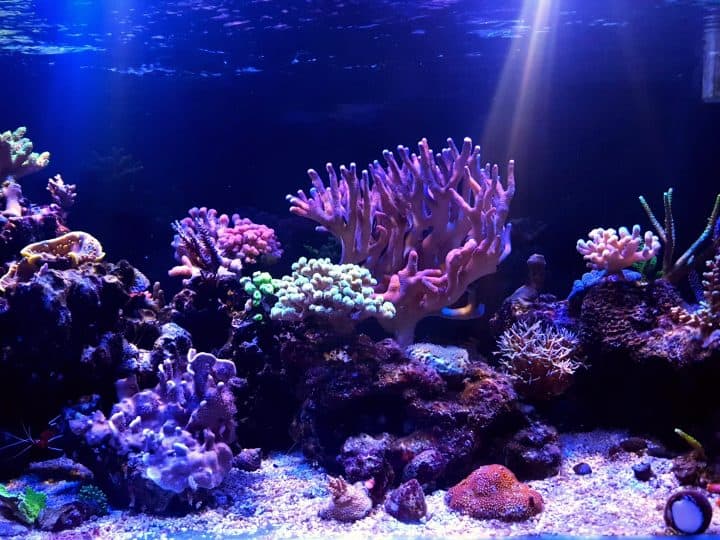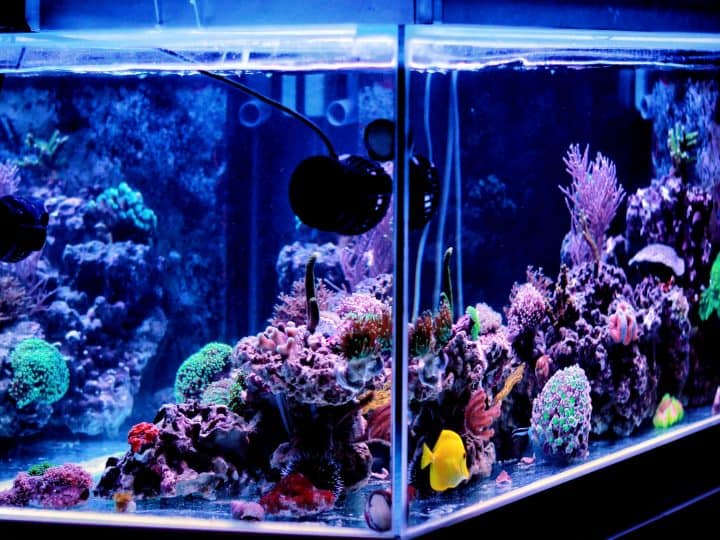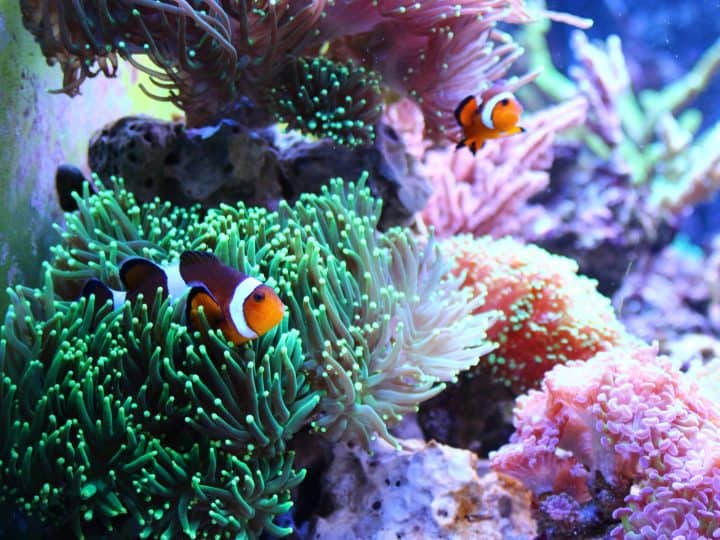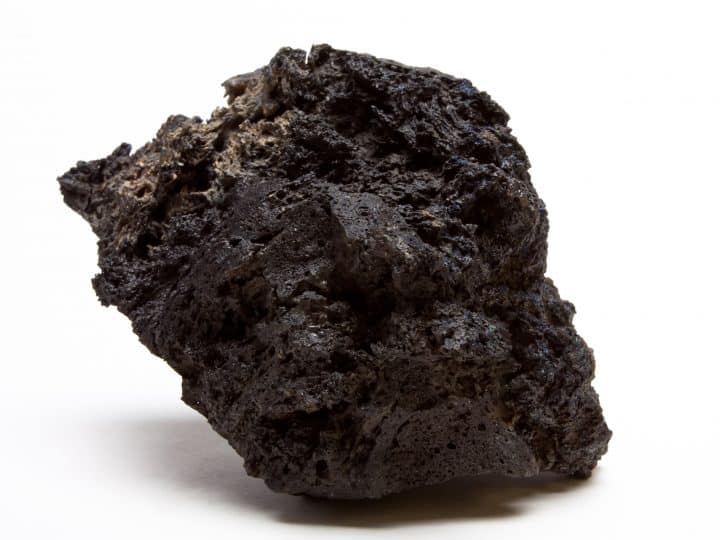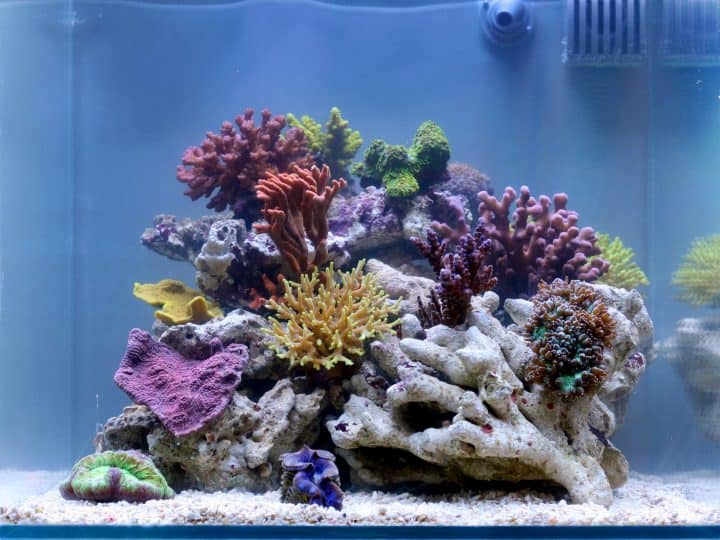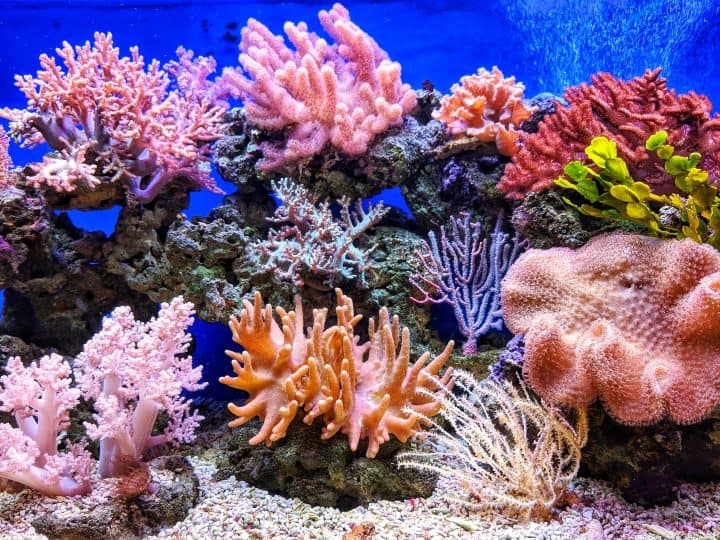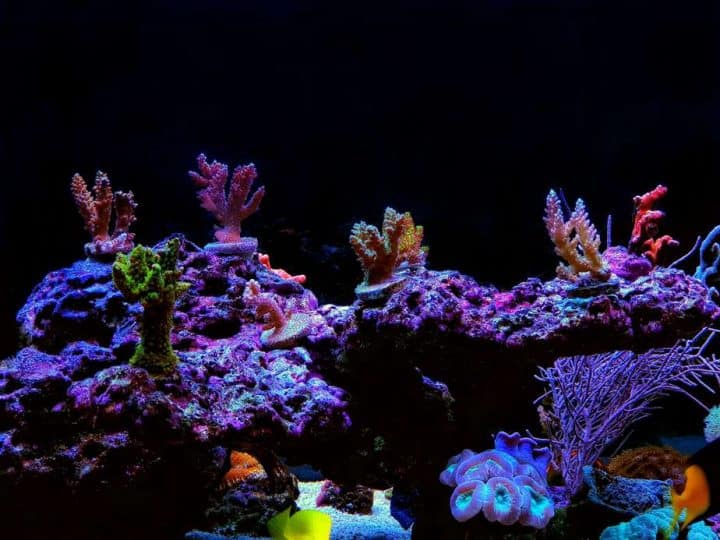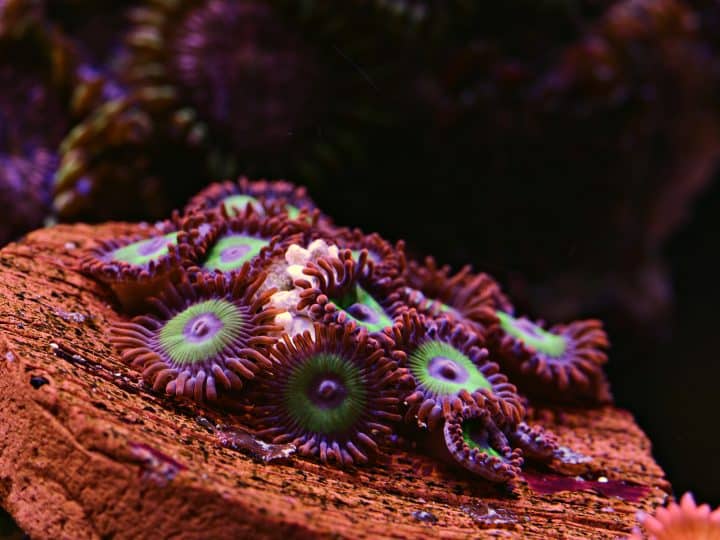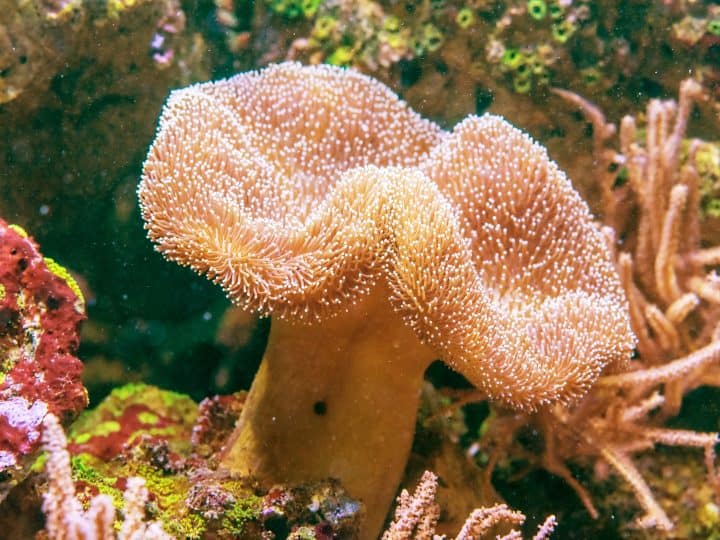If you want to bring out your aquarium’s true aesthetics, then adding coral reefs in it is a must. It is what separates your aquarium from various other fish tanks. But the true question is, how and when should you go about adding corals to your new reef tank?
Quick Answer
Corals can be added to a new reef tank when your tank has completed its nitrogen cycle that roughly takes 2-8 weeks. Nitrogen cycling and getting rid of algae blooms will clear the way for you to add corals as early as possible. Monitor your water parameters and only add corals once these are stable enough.
I was extremely nervous, getting my first coral into the tank, and throughout the process, I was struggling with the thought that these might die. But at last, I got it right. Using the guidelines mentioned below, you won’t have any trouble with the process whatsoever.
When to add the first coral to the tank?
All it takes is a bit of research and planning on your end to make adding corals into the reef tank a success. . You need to understand that every aquarium is subjected to a different timeline when it comes to its maturation so you can house corals in it. Normally the whole process would take about 2-8 weeks for completion.
What you need to do here is to consider the following things being accounted for before adding corals into the tank.
Completing the nitrogen cycle will help.
The nitrogen cycle does convert harmful substances such as ammonia into less complex nitrates. Basically it is a principle cycle where fish or coral waste that is mostly ammonia gets converted into less harmful substances such as nitrates and nitrites. These substances gets picked up by aquarium plants and bacteria present in it. These can use such chemical compounds to produce food and healthy oxygen for corals.
During the nitrogen cycle , our water parameters will be all out of whack. Because ammonia present within the water is being broken into less complex substances which changes chlorine levels, pH of the tank and water hardness.
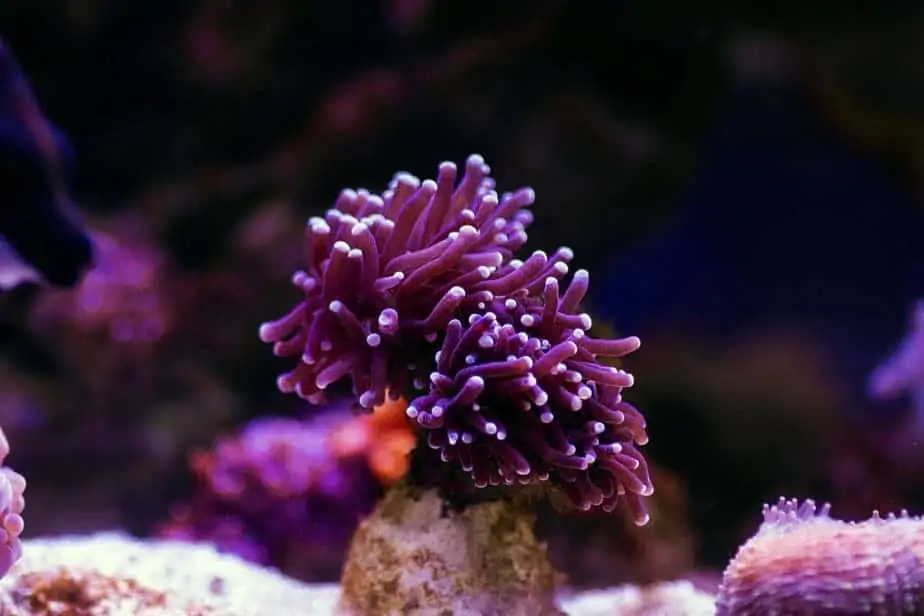
You shouldn’t add any livestock during this time as it will not be able to grow to its fullest and probably die. Nitrogen cycle is not a necessary requirement for adding corals because the bio waste these produce is almost negligible. On the other hand if you were adding fish or other livestock then you would have to undergo nitrogen cycling as it will help you to break complex ammonia waste into simpler compounds. But in case of the corals it is simply a not necessary step and you can skip it if you want to.
If you’re looking for more information on growing coral, check out my full guide that’ll tell you everything to get you started!
Look out for algae blooms.
After your tank is done with nitrogen cycling, it will spend the next few months cultivating algae blooms, which is only a natural process for it to create a habitual ecosystem. You can add fish at this stage, but corals require a more mature and nurturing ecosystem, so wait for the algae to disappear or clear out before adding corals.
A few examples of algae blooms that you can experience in a new reef aquarium are:
- Green hair algae
- Diatoms
- Cyanobacteria
If you try to add corals when algae blooms are still present, then it would start to grow all around your corals. You might say that blooms are ugly and not a common sight for eyes, and professionals would agree with you, but these will pass with time. This period can range from 0-12 months, depending on when you started your aquarium. Corals require a pleasant and nurturing environment to grow correctly; that is why you should wait for algae bloom to be over. Some of the algae might be negligible while others extremely vile, so it is best to wait for its complete uprooting.
Stable tank parameters that corals require
The main aspect of keeping corals is tied to maintaining a stable water balance. If you can guarantee the stability of your aquarium’s water in every parameter, then your coral will prosper. If you are a beginner when it comes to keeping corals, then the best approach would be to start with soft corals—the very reason being that these corals can tolerate slightly changing parameters. But you don’t want to push them too much as they can’t tolerate this change consistently.
Dedicatedly attending to these various parameters that will be mentioned shortly, you will be able to understand the most natural levels for your aquarium. It will even allow you to house some of the more picky corals out there, such as LPS (large polyp stony) and SPS (small polyp stony).
Your tank’s water parameters that you should be looking out for include;
- Temperature; 70-80o F
- Salinity levels; 1.023-1.025 SG
- Nitrate; <5ppm
- Ammonia; 0 ppm
- pH; 8.1-8.4
As you can see, the ammonia levels are at 0 ppm, which confirms that corals shouldn’t be exposed to higher ammonia levels, and thus nitrogen cycle holds value.
Can you add too many corals at the same time?
Your tank needs to catch up with the added bio-load before adding corals. As corals produce less bio-load than fish that is why can be added in abundance. This is one of the reasons allowing you to add as many corals as you want, provided you keep the water parameters in check. Usually, there is a 20 cubic feet of coral in a 10-gallon tank limit. What you should do here is to start with a half tank of beautiful corals and then let it grow peacefully.
It is essential that you have stable water conditions to grow corals. Although you have to cycle your tank before adding corals, it is not something that you have to do. But it is better if you first cycle your tank so the water parameters can become more stable. It will increase the speed of growth and prosperity among your corals.
This question is answered in more detail here.
Should you cycle your reef tanks for housing corals?
All the difference lies in the biological load or, in simpler terms, the waste corals produce as compared to fish and plants. Corals are alive just like fish is, but they don’t create a lot of waste; that is why your tank’s cycling is unnecessary for them. On the other hand, fish and plants produce a significant amount of waste and require proper cycling.
Cycling a tank is done to ensure that toxic waste (ammonia) can be converted into less toxic and relatively safe chemicals (nitrate) to avoid any health complications for growing fish. It also helps in the generation of good bacteria, which in turn supports the healthy acoustics of your aquarium’s community.
Why can corals survive without a cycled tank?
The very reason you don’t need to bother yourself cycling your tank before adding coral is because corals don’t produce a lot of waste. They produce only a minute quantity of manageable waste with limited amount of ammonia so it is not harmful for them.
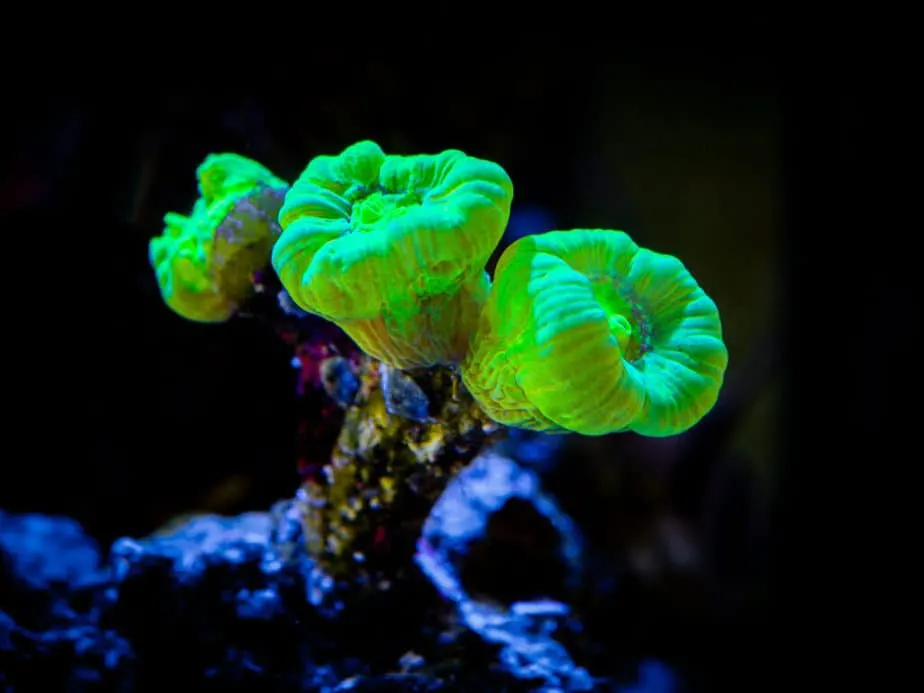
The unique composition of corals allows them to live in high ammonia levels. They are able to do so because these sea creatures lack blood and blood vessels in their body which ammonia directly affects.
That is why cycling is essential for freshwater creatures because if your fish or plant remains in high ammonia levels and cannot breathe in oxygen, these will eventually die. You would have to become responsible when it comes to checking ammonia content and effectively managing it.
How would you know that your reef tank has been cycled?
First of all, you would see a relative decrease in both ammonia and nitrite composition; you should be looking for a 0ppm concentration for both substances. Other than that, you should be keeping an eye on nitrate levels as these should slowly increase towards 30ppm. This cycle can take a lot of time depending on the very size of your tank; generally, a time period of about 2-8 weeks is valid.
If your tank exhibits the levels mentioned above of ammonia, nitrites, and nitrates before that time, consider your tank cycled but be sure about the authenticity of the readings.
Once your reef is ready for coral, it’ll take a couple of days for a coral to open up. I’ve written a guide to answer it in a bit more detail, and it can also serve a nice troubleshooting guide in the first week of adding coral.
Things your reef tank must have to add corals
Although there are a lot of things that can be added to increase overall aesthetics yet lighting, filtration, and proper water circulation should be a permanent part of the process.
Lighting is necessary
The first thing that comes into mind when preparing an aquarium is the lighting. There should be some lighting for your reef tank, but it will depend on the type of coral you are buying. Use high-quality lighting fixtures as these will help corals to thrive properly. It provides the right intensity of radiation that allows the corals to feed using photosynthesis.
Filtration is not to be treated lightly.
Filtration allows for a homogenous and more humble environment that is enriching and supports the growth of aquatic life. The same goes for the corals; they need clean water, standardized parameters, and, more importantly, no toxicity of any kind, which a proper filtration system will be able to deliver.
Wavemakers
These might look a little out of the ordinary but, in fact, will be of great help. These will help in creating strong and turbulent waves to create an ocean-like vibe for your corals. Most of these can be linked to a controller that allows these to work in different flow patterns and speeds.
Final thoughts
It might look difficult in the beginning, but when you understand the process and acclimate corals into the aquarium, things would start to get more comfortable. You need to be patient with adding new corals to the tank and then, at the same time, have to take good care of water parameters to keep things at optimum.
You can improve your chances of success by allowing your tank to be done with nitrogen cycling and algae blooms.

